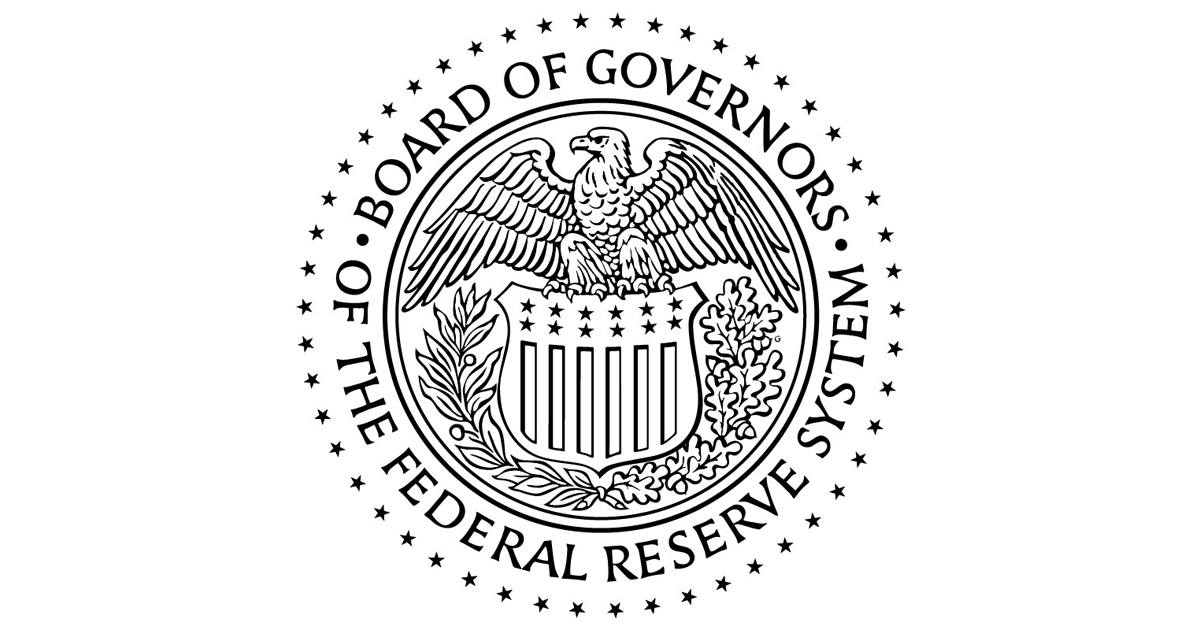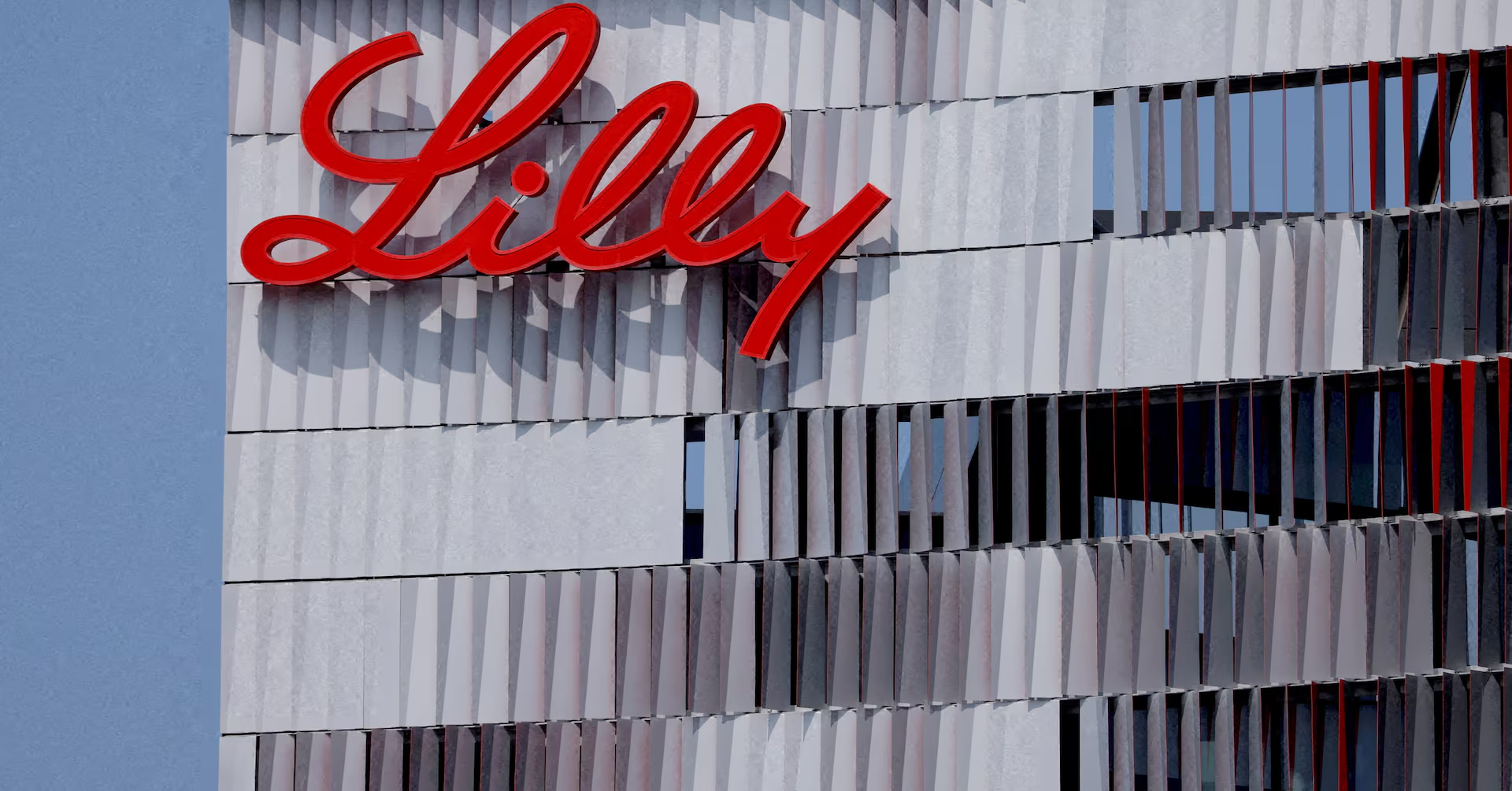Thank you for the opportunity to speak to you today.1 It is an honor and a pleasure to be here with you in Singapore, a crossroads for global trade and finance, to discuss the transformational nature of artificial intelligence (AI). Like other central banks around the world, including the Monetary Authority of Singapore, we at the Federal Reserve have been exploring the use of AI in our operations for quite some time as well as considering the implications of AI’s adoption for the financial sector and the broader economy.
At the Fed, we’ve been interested in the effects of AI on the economy and its role in the financial system for decades. Remarkably, in 1997, Governor Susan Phillips delivered a speech noting the use of AI in consumer loan underwriting.2 In the past year, no fewer than seven speeches by Fed Governors have had “AI” in the title.
Today I’ll discuss the opportunities presented by AI relevant for central bankers as well as the risks it may pose that policymakers should consider. I will leave you with three main takeaways.
The State of AI Innovation and Deployment
My first main point is that while AI is a big deal that will transform economies, there are a range of outcomes for how it could do so.
AI—algorithms that mimic human thought, communication, and choices—has been with us for decades, but AI entered a new era with the launch of ChatGPT in late 2022. Generative AI (GenAI) captured our imagination with convincing conversations in which it is possible to go deep on a wide range of topics. Earlier forms of AI were often the bailiwick of digitally native companies, but GenAI is spreading rapidly through the economy. As of 2024, three in four large companies were using GenAI, though some report it has yet to improve their bottom line.3 Smaller companies have been slower to adopt GenAI, with adoption rates reported in the high single digits, albeit with a high degree of heterogeneity among sectors. Also, one could surmise, based on other surveys of individuals, that work-related use is more widespread among employees than their CEOs realize.4
A recent survey by the Federal Reserve Bank of New York showed that firms plan to retrain their workforces to take advantage of AI to enhance productivity, with widespread layoffs limited.5 But survey respondents also report that AI has led firms to scale back hiring, a development that may be contributing to the recent low levels of job creation in the U.S. economy, a concern for many workers and particularly for newer entrants to the job market.
Taking a step back, as I have noted in the past, I see two basic scenarios for how AI can transform the economy.6 In the first scenario, there is incremental adoption of GenAI that augments existing tasks and jobs. In the second scenario, a revolution occurs. GenAI transforms the nature of work and leisure, boosting the efficiency of research and development, remaking industries, and creating firms with new—perhaps radically new—business models.
Right now, it is difficult to predict which scenario (or perhaps one or more intermediate scenarios) will come to pass.
We can already see incremental change as GenAI is increasingly integrated with standard workplace software. With its natural language interface, GenAI is inherently user friendly, so few workers need special skills or unusually onerous training to use it. At the same time, some start-ups have a more revolutionary flavor because they are centered on AI from the outset. One indicator of how the labor market is evolving toward deeper integration with AI is the skills mentioned in job postings. While overall the share of job listings that mention AI-related skills is small—about 5 percent—in the information sector, it is about 20 percent. The financial sector, where firms are always looking for a technological edge, is not far behind, with 1 in 10 job postings mentioning AI.7 So we can see that the skills needed in some key sectors are already changing. The speed of that change is likely to increase. If the AI changes happen gradually, workers and firms will have time to adjust, but if they happen rapidly, there may be significant dislocations in the short term.
A massive wave of data center investment has begun, pointing to signs of confidence among leading AI companies that the use of AI at scale throughout the economy is just around the corner. If they’re right and AI is useful enough to keep what is currently projected to be $3 trillion of new data center capacity utilized effectively, we can expect significant changes in economies. Investment in capital generally raises labor productivity and offers the potential for higher output growth without pressure on inflation over the longer term. As I have discussed in previous remarks, if these changes are significant, they can also affect the conduct of monetary policy.8 Of course, it may be the case instead that investment exceeds short-term demand, in which case there may be losses and adjustments to the AI sector.
AI and the Financial Sector
The second key point I would like to make is that the financial sector is adopting AI quickly, and while there are many benefits to this adoption, the risks will need to be managed carefully.
So far, AI adoption in the financial sector appears to be most concentrated in areas that can enhance operational efficiency, including applications that involve text analysis, classification, and information search inside the firm, as well as customer-facing functions. These incremental improvements to common business functions are a key reason to be hopeful about AI raising labor productivity in that sector.
At the same time, there is significant investment in experimentation with AI for core functions for financial services. Data-driven financial-sector-specific tasks, including credit decision support, fraud detection, and trading are using AI-specific tools. Ensuring that AI is used appropriately for these functions faces appreciable challenges.
First, the amount of organizational change needed by financial services firms to utilize GenAI may be substantial. History suggests progress may be slow. Adoption of machine learning, an AI technology that preceded GenAI, was concentrated in firms that were highly digitized from their founding—and even in those cases, adoption was a long process.9 Fintech firms organized to exploit AI from their founding can play a key role in driving efficiency forward in the sector, providing services to the incumbent firms.10 But productivity may even decrease in the short term, as heavy investments in business-process improvements take time to play out to productivity gains.
A second challenge is the practical constraints of rushing into AI for core business activities in the financial sector, as firms need to ensure that the resulting processes and outcomes are consistent with relevant laws and appropriate risk management. Large institutions are exploring the use of GenAI, including agentic AI, in their financial models—but doing so requires care. To successfully leverage the potential of GenAI on a sustainable basis, decisions based on those models must be well controlled, numerically and legally precise, explainable, and replicable. AI developers still struggle to some extent with all of those criteria. We need to reduce the risk that AI reinforces biases in consumer lending. And we also need to guard against the risks that could result from the use of AI in financial markets. For example, profit maximization by AI-powered trading algorithms may result in tacit collusion, market manipulation, or trading strategies that result in significant market volatility or even systemic risk.11
We will need innovation that is responsive to these risks to see additional advances in the use of AI for a broad array of core financial services functions.
AI and Central Banking
A third and final point I would like to leave you with is that central banks, including the Fed, need to keep up with AI by increasing our speed of adoption for our own operations.
The nature of central banking work is inherently careful, considered, and measured when evaluating anything new. This is particularly true for any new technologies.12 But it seems clear already that the many advantages offered by AI could assist central banks in at least some of their operations, and the speed at which this technology is moving makes it appropriate to proactively engage in using AI for our own operations. That is why the Federal Reserve is using AI, where appropriate, to increase staff efficiency and effectiveness. My view is that GenAI is a transformative technology that central banks need to remain engaged with to ensure an ability to execute as technology evolves.
As we push ahead on efficiency gains, it is important that we leverage the right tools for the task at hand, recognizing that GenAI is not always the best choice. Some of the challenges that we face can be addressed by robotic process automation or traditional AI methods. These are the same kinds of questions that every business and organization considering AI should be weighing.
At the Federal Reserve, we have focused on ensuring we can leverage AI capabilities by establishing an AI program and governance framework for the use of AI technologies.13 We are taking an enterprise-wide approach of learning-by-doing and broadly adopting high-value uses of GenAI, such as writing, coding, and research activities. We have taken a “hands on keys” approach to having staff engage with it. We are identifying the business processes that can be improved and transformed with the technology.
One internal application of GenAI I am particularly excited about that helps us achieve all these goals is technology modernization. We are applying GenAI-enabled tools within clear guardrails to translate legacy code, generate unit tests, and accelerate cloud migration. So far, the result of this usage is faster delivery, improved quality, and enhanced developer experience. And it will likely mean better outcomes in support of the American people.
Given AI’s current and prospective role in economic activity, we are devoting the necessary resources to understanding it, including by analyzing not only AI’s economic and financial implications, but also exploring how AI can enhance our financial stability work, strengthen supervisory and regulatory capabilities, and ensure the smooth functioning of our payment systems.
These are just some of the ways that the Fed, like other organizations, is using AI to make us more productive and capable. These efforts may also help us understand the effect of AI on the economy, the banking system, and the payment system. That task will be a major job for central banks in the years ahead. AI has the potential to fundamentally change the economy and society. And as central bankers, we need to keep up.
Thank you.
1. The views expressed here are my own and are not necessarily those of my colleagues on the Federal Reserve Board or the Federal Open Market Committee. Return to text
2. See Susan M. Phillips (1997), “Risk Management,” speech delivered at the Asset/Liability and Treasury Management Conference of the Bank Administration Institute, Chicago, November 4. Return to text
3. See Aditya Challapally, Chris Pease, Ramesh Raskar, and Pradyumna Chari (2025), “The GenAI Divide: State of AI in Business 2025,” MIT NANDA Report, July, https://mlq.ai/media/quarterly_decks/v0.1_State_of_AI_in_Business_2025_Report.pdf. There are a range additional surveys with various results; see, for example, Richard Horton, Jan Michalski, Stacey Winters, Douglas Gunn, and Jennifer Holland (2025), “AI ROI: The Paradox of Rising Investment and Elusive Returns,” October 22, https://www.deloitte.com/uk/en/issues/generative-ai/ai-roi-the-paradox-of-rising-investment-and-elusive-returns.html. Return to text
4. On adoption by large firms, see McKinsey & Company (2025), “The State of AI: Agents, Innovation, and Transformation,” November 5, https://www.mckinsey.com/capabilities/quantumblack/our-insights/the-state-of-ai. On adoption by smaller firms, see the Business Trends and Outlook Survey from the U.S. Census Bureau, which is available on its website at https://www.census.gov/programs-surveys/btos.html. On adoption by individuals, see Alexander Bick, Adam Blandin, and David J. Deming (2024), “The Rapid Adoption of Generative AI,” Working Paper Series 32966 (Cambridge, Mass.: National Bureau of Economic Research, September; revised February 2025). Return to text
5. See Ben Hyman, Jaison R. Abel, Natalia Emanuel, Nick Montalbano, and Richard Deitz (2025), “Are Businesses Scaling Back Hiring Due to AI?” Federal Reserve Bank of New York, Liberty Street Economics (blog), September 4. Other surveys have shown similar results; see, for example, Jeremy Korst, Stefano Puntoni, and Prasanna Tambe (2025), “Accountable Acceleration: Gen AI Fast-Tracks Into the Enterprise (PDF),” 2025 Report, October 29. Return to text
6. See Michael S. Barr (2025), “Artificial Intelligence: Hypothetical Scenarios for the Future,” speech delivered at the Council on Foreign Relations, New York, February 18. Return to text
7. Job-posting statistics are based on the classification by Lightcast and are calculated using the methodology developed in Daron Acemoglu, David Autor, Jonathon Hazell, and Pascual Restrepo, “Artificial Intelligence and Jobs: Evidence from Online Vacancies,” Journal of Labor Economics, vol. 40 (April), pp. S293–340. Data are available by subscription from Lightcast at https://lightcast.io. Return to text
8. See Michael S. Barr (2025), “Artificial Intelligence and the Labor Market: A Scenario-Based Approach,” speech delivered at the Reykjavík Economic Conference 2025, Central Bank of Iceland, Reykjavík, Iceland, May 9. Return to text
9. See Timothy Bresnahan (2024), “What Innovation Paths for AI to Become a GPT?” Journal of Economics & Management Strategy, vol. 33 (Summer), pp. 305–16. Return to text
10. See Michael S. Barr (2025), “AI, Fintechs, and Banks,” speech delivered at the Federal Reserve Bank of San Francisco, San Francisco, April 4. Return to text
11. The most recent Financial Stability Report is available on the Federal Reserve Board’s website at https://www.federalreserve.gov/publications/files/financial-stability-report-20251107.pdf. Return to text
12. A report from the Bank of International Settlements notes that central bankers have the prospect of improving data quality, enhancing operations, and improving decisionmaking with the use of AI and provides a framework for considering questions of governance and risk management when doing so; see Bank of International Settlements (2025), “Governance of AI Adoption at Central Banks (PDF),” January. Return to text
13. See the “Board of Governors of the Federal Reserve System Compliance Plan for OMB Memorandum M-25-21,” which is available on the Federal Reserve’s website at https://www.federalreserve.gov/publications/compliance-plan-for-OMB-memorandum-m-25-21.htm. Return to text










